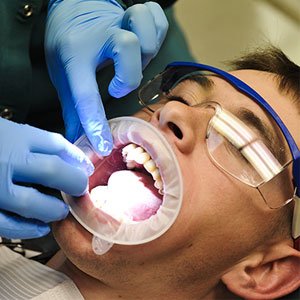Oral Surgery
Oral surgery refers to a specialized branch of dentistry that involves surgical procedures on the mouth, jaws, and facial structures. These procedures are performed by oral surgeons or oral and maxillofacial surgeons who have undergone extensive training to address a wide range of dental and facial conditions. This article explores the common reasons for oral surgery, various procedures involved, and the essential aspects of the recovery process.

Common Reasons for Oral Surgery:
Tooth Extractions:
- Removal of impacted or damaged teeth.
- Wisdom teeth extraction to prevent crowding and misalignment.
Dental Implants:
- Placement of artificial tooth roots to support prosthetic teeth.
Corrective Jaw Surgery:
- Treatment of misaligned jaws and bite issues.
- Correction of facial asymmetry.
Treatment of Oral Pathologies:
- Removal of cysts, tumors, or abnormal growths in the oral cavity.
Reconstructive Surgery:
- Restoration of damaged facial structures due to trauma or congenital disorders.
Temporomandibular Joint (TMJ) Disorders:
- Surgical intervention to address severe TMJ issues affecting jaw function.
Common Oral Surgery Procedures:
Tooth Extraction:
- Local anesthesia or sedation is administered.
- Surgical removal of the tooth, followed by necessary stitches.
Dental Implant Surgery:
- Placement of the implant into the jawbone.
- Healing period for osseointegration before attaching the prosthetic tooth.
Corrective Jaw Surgery:
- Pre-surgical planning with orthodontic treatment.
- Repositioning of the jawbones and securing them with plates or screws.
Treatment of Oral Pathologies:
- Excision of abnormal tissue, followed by histopathological examination.
- Reconstruction if necessary.
Reconstructive Surgery:
- Repair of facial fractures and restoration of normal appearance.
- Use of grafts or implants for reconstruction.
TMJ Surgery:
- Arthroscopy or open joint surgery to address TMJ disorders.
- Removal of damaged tissue or repositioning of the joint.
